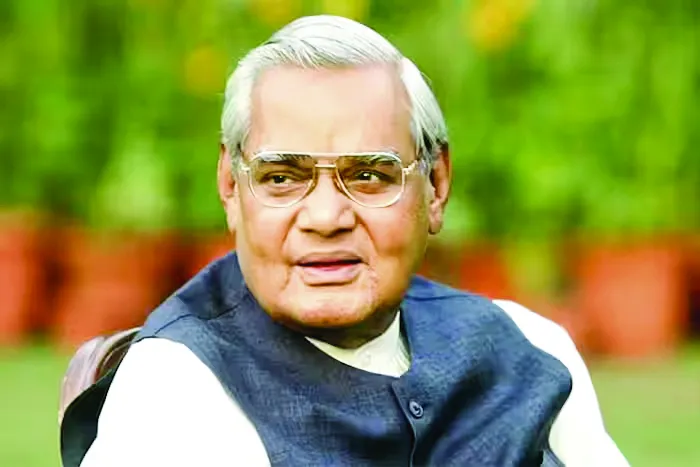Storytelling is a timeless art form and a powerful means of communication that has been central to human culture since ancient times. The tradition of grandparents telling stories to their grandchildren remains prevalent and cherished in many cultures around the world, including in modern times. This form of storytelling continues to endure for several reasons. It fosters strong family bonds and intergenerational connections, providing opportunities for quality time together and creating lasting memories. Grandparents often pass down oral traditions, myths, legends, and personal anecdotes that may not be found in books or formal education, carrying cultural heritage and family history. These stories impart valuable life lessons, moral teachings, and practical wisdom based on their own experiences, teaching children about resilience, empathy, and the importance of family and community.
Listening to stories stimulates children’s imaginations and creativity, encouraging them to visualize scenes, characters, and settings, which aids in cognitive development and language skills. Grandparents play a vital role in transmitting cultural values, traditions, and languages to younger generations through storytelling, helping to preserve cultural identity and heritage. Stories shared by grandparents can help children navigate emotions, fears, and challenges by presenting characters who face similar situations and find solutions. Hearing stories from grandparents gives children a sense of continuity and belonging within their family and community, reinforcing a connection to the past and strengthening their identity. In today’s digital age, traditional storytelling may take various forms, such as bedtime stories, storytelling sessions during family gatherings, virtual storytelling over video calls, or recordings of family stories for future generations. Despite technological advancements, the essence of storytelling remains rooted in personal connection, warmth, and the transmission of cultural and familial narratives from one generation to the next.
India had a long-standing tradition of oral storytelling, with ancient texts such as the Vedas and Upanishads initially transmitted orally before being written down. The two great epics, the Ramayana and the Mahabharata, are foundational to Indian storytelling. These epics are not only religious and mythological but also contain moral teachings and philosophical insights. They were recited by bards and storytellers across the subcontinent and continue to influence Indian culture profoundly.
During the medieval period, the Bhakti movement emphasized devotional storytelling through songs, poetry, and narratives that expressed personal and emotional connections with divine figures like Rama, Krishna, and various forms of the Goddess. The advent of Islamic rule in parts of India brought Persian storytelling traditions, blending with Indian ones, giving rise to new literary forms and narratives, such as Sufi poetry and mystical tales. The Mughal courts of the 16th to 18th centuries patronized Persian and Urdu literature, which contributed to the development of storytelling in India, with notable works from this period including the Akbarnama and the stories of Amir Khusrau.
The British colonial period (18th century onwards) brought Western literary forms and printing technology to India, leading to the growth of Indian literature in English and vernacular languages. Writers like Rabindranath Tagore, Bankim Chandra Chattopadhyay, and Munshi Premchand integrated Indian storytelling traditions with modern literary styles. Each region in India developed its own storytelling traditions in languages such as Tamil, Telugu, Bengali, Marathi, and others. Folk tales, oral narratives, and regional literature continue to thrive, blending ancient myths with contemporary issues. In the contemporary era, Indian cinema, particularly Bollywood and regional film industries, plays a significant role in storytelling, often drawing from mythological themes, historical events, social issues, and romantic narratives. And in the most recent times, the internet and digital media have revolutionized storytelling in India, enabling writers, filmmakers, and content creators to reach diverse audiences through web series, podcasts, blogs, and social media platforms.
In fact, filmmaking also is inherently storytelling, as it is a visual medium that allows storytellers to convey narratives through a combination of moving images, dialogue, music, and other cinematic elements. Films typically have a structured narrative that includes elements like characters, setting, plot, conflict, and resolution. Cinematography and editing techniques create a visual language that enhances the storytelling experience, immersing the audience in the narrative. Characters in films are brought to life through actors’ performances, dialogue, actions, and interactions, allowing the audience to learn about characters’ motivations, conflicts, and growth throughout the story.
Films explore universal themes such as love, friendship, justice, identity, and redemption, offering insights and perspectives that resonate with audiences. Filmmaking reflects and critiques societal issues, cultural values, and historical events, provoking thought, challenging perspectives, and inspiring social change. Many films are adaptations of books, plays, historical events, or real-life stories, with filmmakers reinterpreting and bringing these stories to life on screen, translating them into a visual and auditory experience that reaches a wider audience.
Storytelling has historically been a communal activity, bringing people together to share experiences, emotions, and collective memories, strengthening social bonds and promoting empathy, understanding, and mutual respect within communities. Traditional storytelling encompasses diverse artistic forms such as oral narratives, songs, dances, puppetry, and visual arts, enriching cultural diversity and contributing to the richness of global artistic heritage. It adapts to changing contexts while maintaining its core values and essence, evolving to address contemporary issues and bridging the gap between past and present concerns.
We should never forget that stories have the power to heal emotional wounds, empower individuals, and inspire resilience in times of adversity, providing comfort, hope, and a sense of belongingness. Many traditional stories include teachings about sustainable living, respect for nature, and the interconnectedness of all living beings, perspectives increasingly relevant in addressing global challenges.
All in all, storytelling is a foundational element of social development, influencing social change, identity formation, intergenerational dialogue, and cross-cultural exchange. By understanding the linkage between storytelling and social development, we can better appreciate the role that narratives play in shaping individuals and societies, and harness the power of storytelling to foster positive social outcomes. Whether through oral traditions, written texts, or digital media, storytelling continues to be a vital force in the ongoing development of human society.














